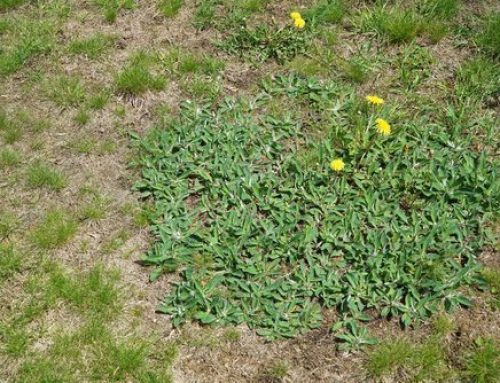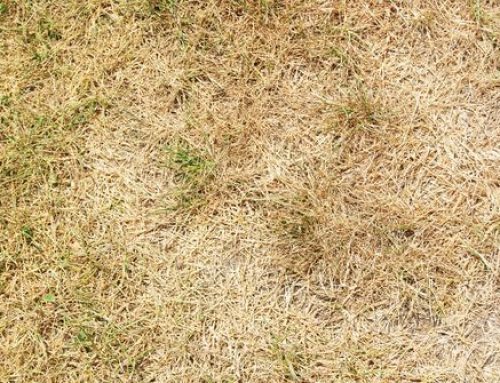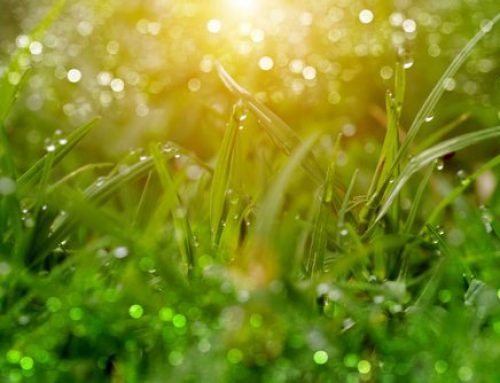Sodbusters, the grass and sod experts, located in Charleston, South Carolina, find that our clients are often surprised that several common weed types are edible. Those annoying weeds that invade your lush, green grass are actually valuable foods that are loaded with antioxidants, vitamins, and protein and sometimes even more nutritious than those found at the grocery store. In this article, we will discuss several edible weed varieties found in South Carolina and recipes to help you enjoy them.
What are Common Edible Weed Varieties of South Carolina?
Dandelion. Arguably the most familiar of all lawn weeds, the dandelion may also be the weed that is most known to be edible. In fact, it was the European settlers that brought it to North America as a salad green. Dandelions can be purchased at several specialty food markets, or search your ur yard since they are most likely growing and will cost you nothing.
The Japanese Knotweed Fruit Leather or Fruit Roll must be tried to be believed!
Watercress. Watercress is, in fact, a weed and a superfood. Vitamin K is by far the most prominent nutrient in watercress, with 312% of the daily recommended value. It forms and strengthens the bones and limits neuronal damage in the brain, which is helpful in treating Alzheimer’s disease. There’s also vitamin C, with 72% of the daily value, closely followed by vitamin A with 64%. Vitamin C provides top-notch infection-fighting power to stave off colds and flu, help maintain healthy connective tissue, and prevent iron deficiency. Vitamin A, also known as retinol, is essential for a properly functioning immune system and produces pigments in the retina of the eye, an absence of which can cause night blindness.
We recommend the avocado and watercress salad.
Kudzu. Kudzu looks innocent enough yet this semi-woody vine grows out of control quickly. It spreads through runners (stems that root at the tip when in contact with moist soil), rhizomes and by vines that root at the nodes to form new plants. Although the plant does seed, it does not reproduce as quickly in this matter. Once established, kudzu grows at a rate of one foot per day with mature vines as long as 100 feet. Known as “mile-a-minute” and “the vine that ate the South”, kudzu can easily overtake trees, abandoned homes, cars and telephone poles.
So, when life gives you kudzu, make kudzu smoothies!
The experts at Sodbusters know that all weeds are not equal. There are quite a few that offer tremendous health benefits and the fact that they are delicious is an added benefit. You don’t need to be a survivalist to enjoy these benefits which are located in your yard. Take advantage of controlling the weed population with your appetite. Contact Sodbusters to learn more about weeds and the ways in which you can control them.





